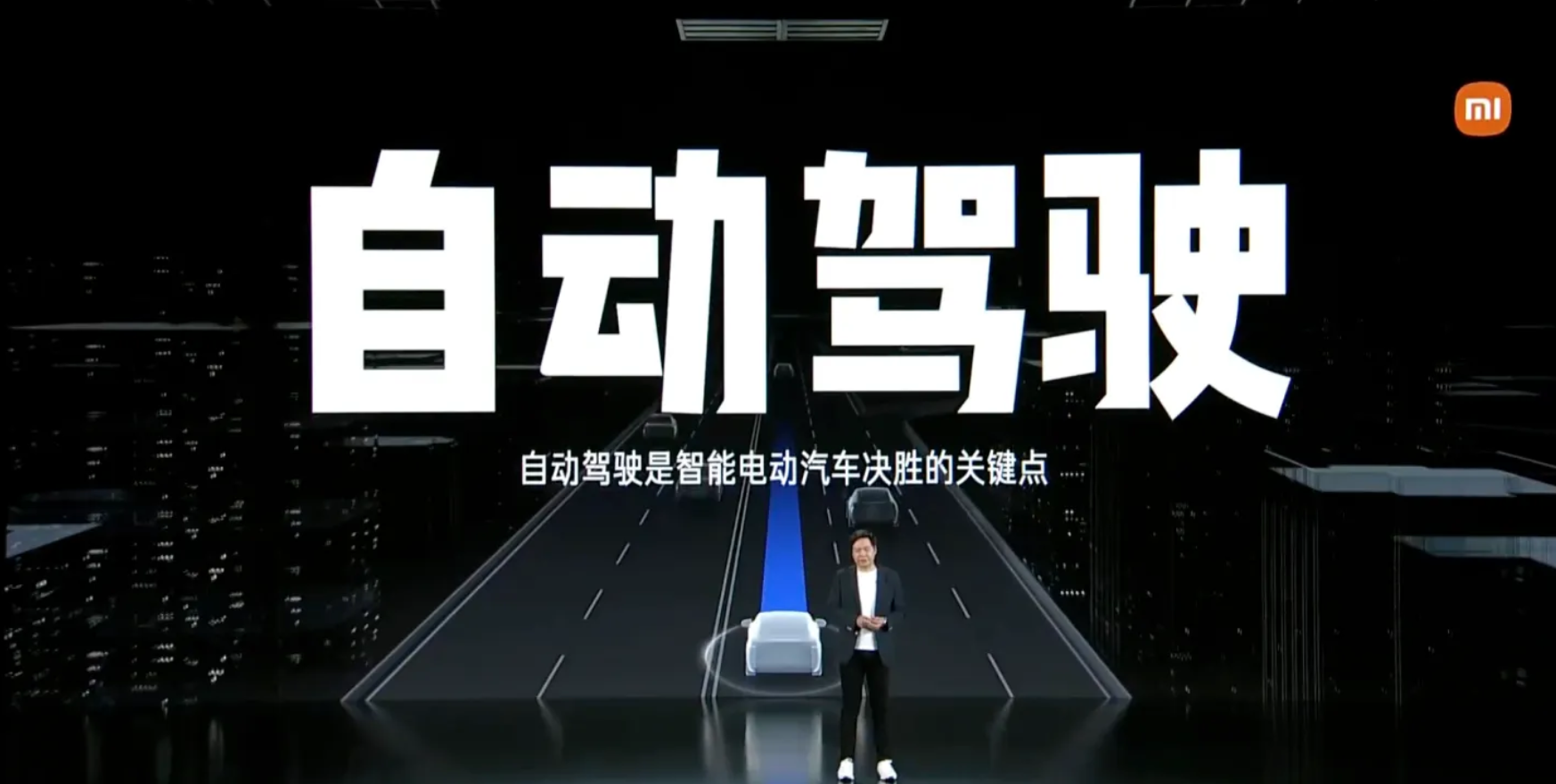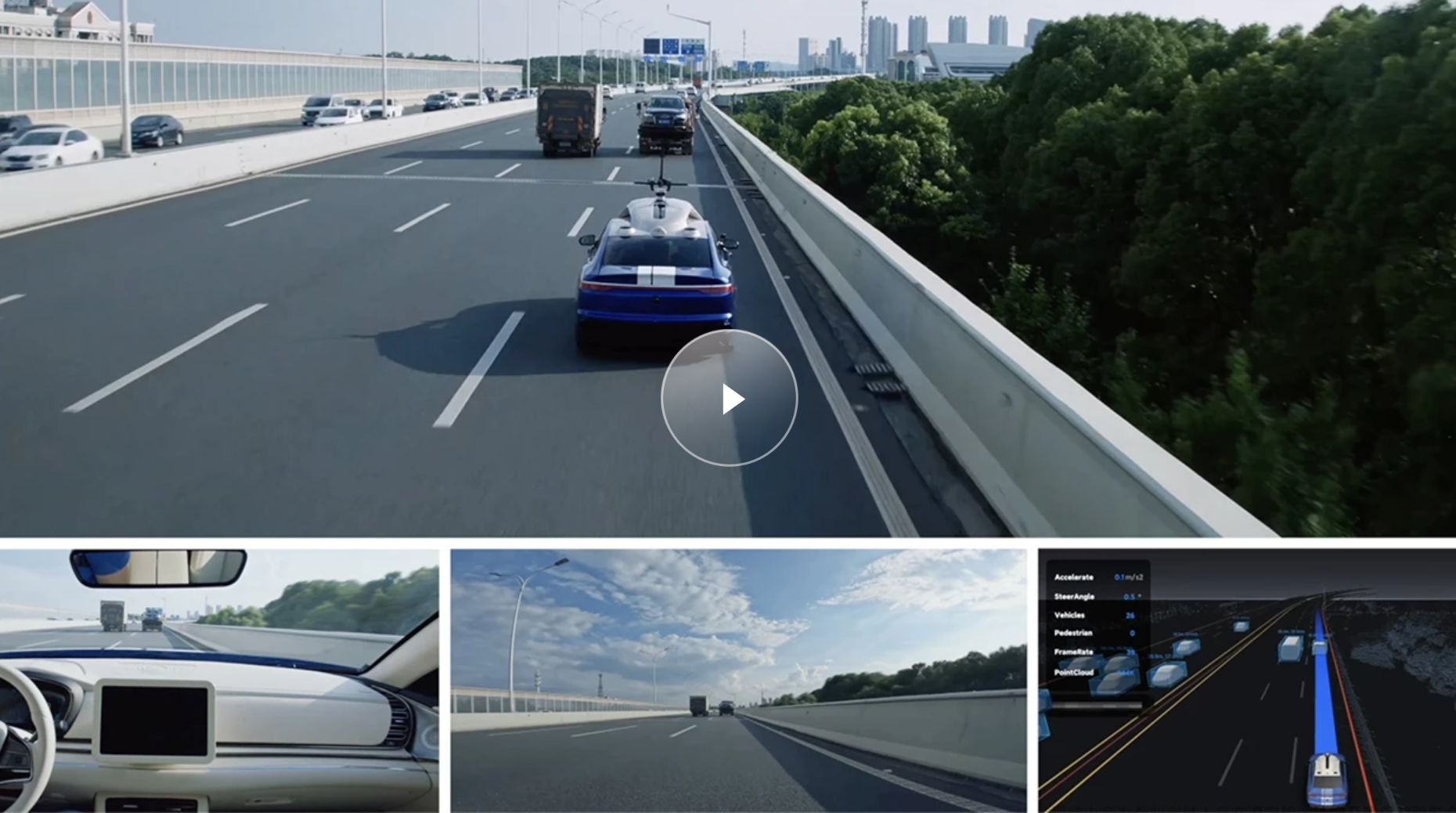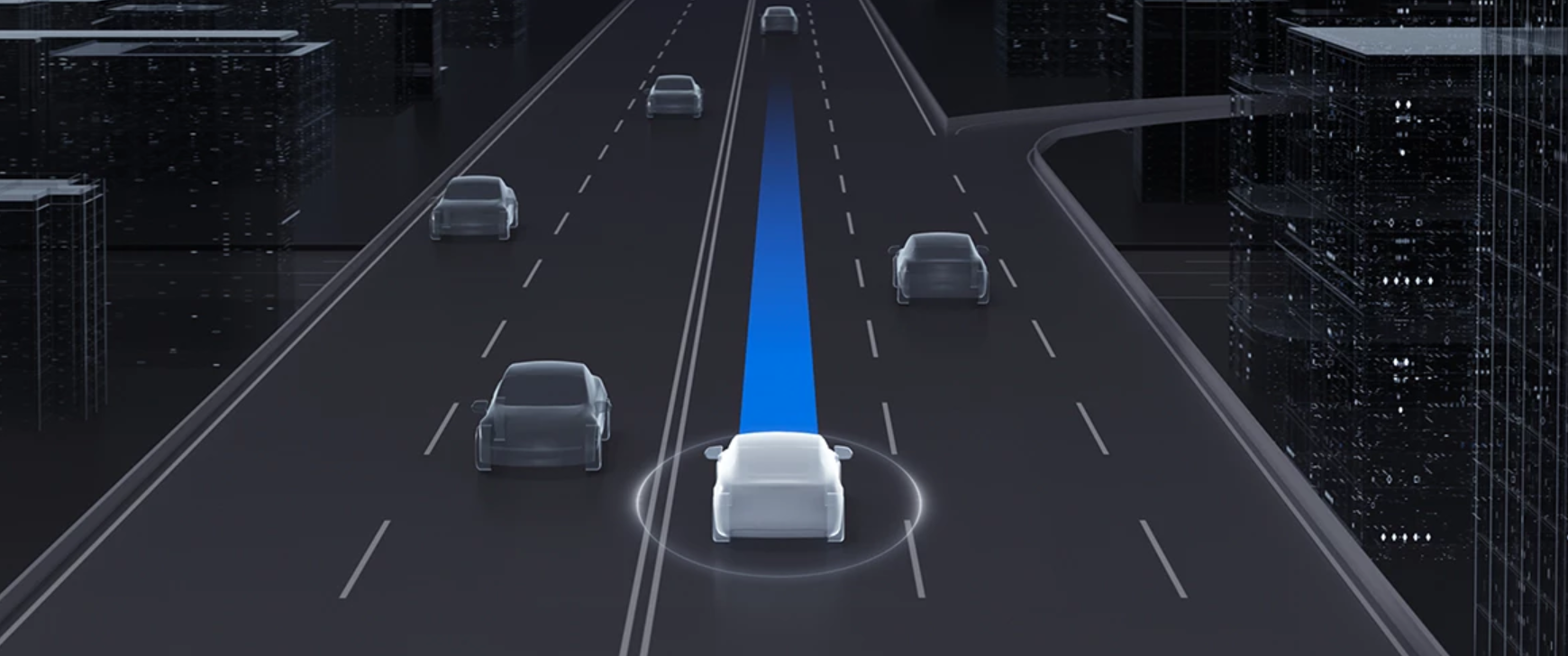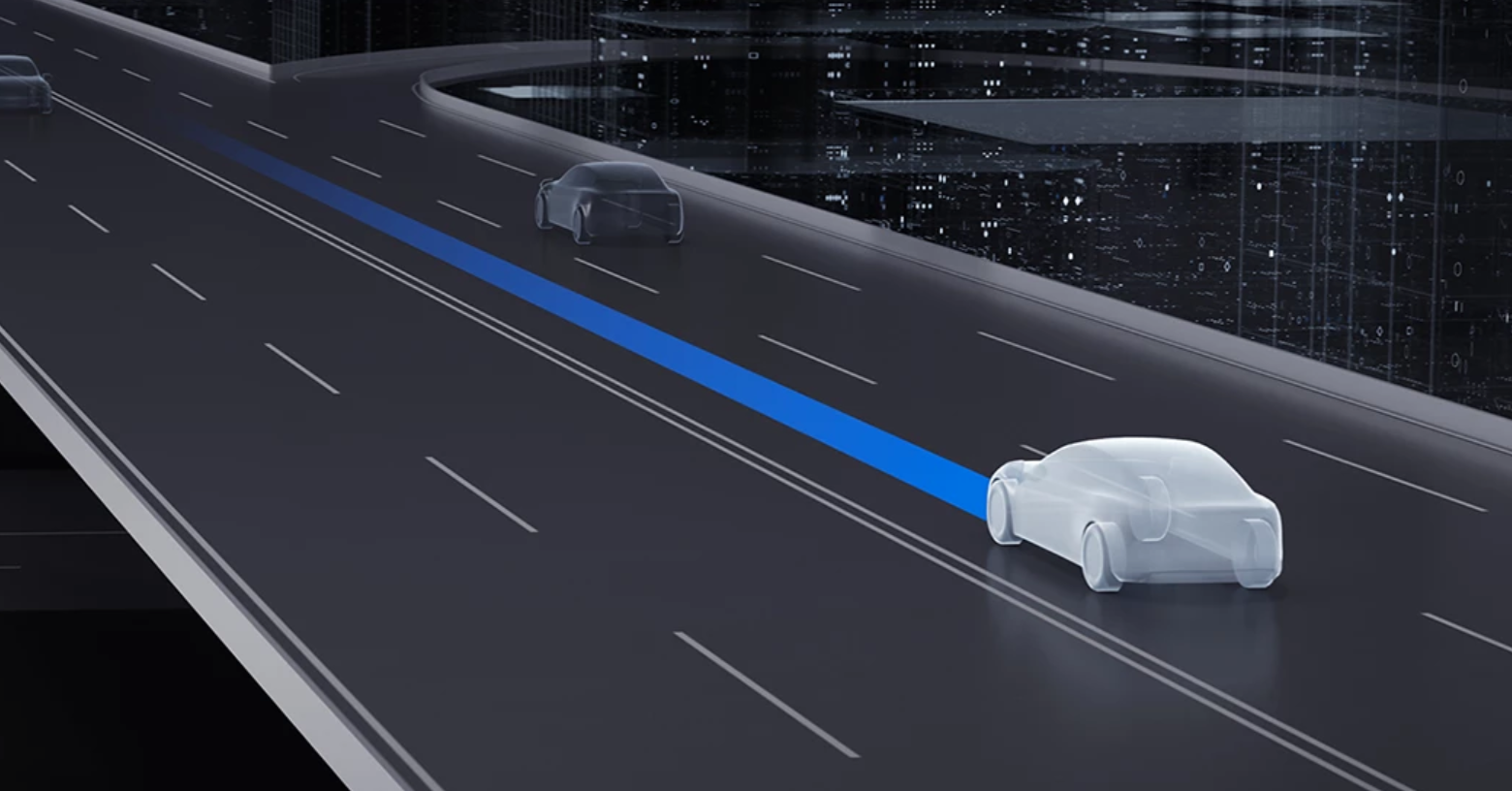
In August, at Xiaomi's autumn new product launch conference, Lei Jun, founder and CEO of Xiaomi Technology, said that Xiaomi Auto has now formulated a technical strategy for full-stack self-developed algorithms, and the first phase of Xiaomi Auto will invest more than 140 autonomous driving tests. R&D and verification work has been carried out across the country one after another, and the goal is to enter the first camp of the autonomous driving industry by 2024.
| Results within 500 days
An 8-minute-plus video showcases the current autonomous driving capabilities of the Xiaomi Auto team. Let the audience understand the achievements of Xiaomi Auto in 500 days (mainly autonomous driving).
Is Xiaomi's self-driving technology really that advanced?

The video shows: U-turn U-turn, active avoidance of passenger cars, zebra crossing to avoid pedestrians, active passage through roundabouts, protected left turns, unprotected right turns, automatic detours of accident vehicles, automatic parking and other scenarios.
These 6 major projects are mainly divided into pilot assisted driving on urban roads and AVP automatic parking functions, covering urban roads, urban expressways and autonomous parking in basements.
No scene protection, automatic U-turn. In this project, the test vehicle entered very beautifully when entering the area to be turned around, but after that, the vehicle seemed a little intimidating, and the vehicle did not make a U-turn when it was clearly able to make a U-turn several times, but continued. Waiting in the waiting area is not in line with human driving habits. At the same time, if this is when there is a lot of traffic, it is estimated that the driver behind will have to keep honking the horn. However, from a safety point of view, Xiaomi's test vehicle is the ultimate in safety.
The accident vehicle automatically detours. In this project, Xiaomi's test vehicle is very beautiful, can identify the static accident vehicle well, and after the identification, it does not stay in the same place, but a very smart active lane change. , bypass the accident area.
You must know that the effective identification of stationary objects has always been a recognized problem in the field of autonomous driving. In the autonomous driving accidents that everyone has heard of in recent years, most of the autonomous vehicles hit stationary vehicles, such as malfunctioning cars, accident car. For example, in the recent accident of Xiaopeng P7, it hit a stationary accident car. In addition to Xiaopeng, Tesla, which is the most outstanding in autopilot capability, often has news of hitting stationary vehicles.
The overall performance of Xiaomi's test vehicle in the video can be said to be very good. In individual projects, although there are some small flaws in the vehicle's decision-making ability, there is no problem overall. And, if you consider that Xiaomi's self-driving team is only 500 people, and it only took 500 days, you will feel that Xiaomi is really good at researching self-driving technology, and it is progressing rapidly.

|Can Xiaomi really reach the level of the first echelon in 2024?
At this press conference, Lei Jun said that 3.3 billion yuan has been invested so far, and the size of the R&D team has exceeded 500. Of course, there are also some collaborative teams, such as Xiaomi's artificial intelligence laboratory team, small The love team and the phone camera department team and so on. And believes that autonomous driving is the key to the victory of smart electric vehicles, and Xiaomi has to work hard on this level. In the future, Xiaomi will continue to increase its investment and invest 140 test vehicles in different areas and different road conditions for driverless testing.
Although Xiaomi's investment in the early stage seems to be a lot, in fact, it is not very much in the whole process of building new energy vehicles , especially in the case of pioneers like Tesla, who have continuously burned billions of dollars , are common things. Of course, Xiaomi has the advantage of being a latecomer. Obviously, it does not need to undertake the obligation to open up the market like Tesla. It only needs to grow rapidly with the help of the current supply chain system, and the investment will be relatively less.
Of course, Xiaomi still has an advantage at present. Smartphone manufacturers switch to new energy vehicles. Obviously, they have unparalleled advantages in the Internet of vehicles and systems, including the system level. For example, after Huawei ends, whether as a supplier of the automotive industry chain, or directly exit Participating in car building, all have achieved good results, and the latest series of questions has obviously caused a lot of waves in the industry. If Xiaomi is successful in building a car, then it is possible to expand the scope of Xiaomi mobile terminals including the Mijia ecological chain. Smart cars, mainly new energy vehicles, are currently the final extension of the entire mobile Internet terminal. It can form a relatively stable moat!

|Self-research and cooperation in parallel
Although "full-stack self-research" is regarded by major car companies as the only way to mass production of autonomous vehicles, the cooperation between car companies and start-up autonomous driving companies and related companies in the industry chain will not be reduced by this. Judging from the deployment of Xiaomi Auto in the past in autonomous driving technology, Xiaomi Auto adopts a strategy of "two lines" of self-development and investment.
At present, the architecture of Xiaomi's autonomous driving system is based on self-research, while the components are cooperated with suppliers. For software algorithms, Xiaomi Autonomous Driving Technology has formulated a strategy of full-stack self-developed algorithms, covering core technology areas of autonomous driving such as perception prediction, high-precision positioning, and decision-making planning.
In August last year, Xiaomi acquired DeepMotion, an autonomous driving technology company, with a total investment of 500 million yuan, and successively invested in more than ten upstream and downstream enterprises in the field of autonomous driving, including Black Sesame Intelligent Technology, Hesai Technology, Geometry Partners , Zongmu Technology, etc. The investment fields cover autonomous driving solutions, core sensors, core actuators and domain controllers, etc., and the related investment amount has accumulated more than 2 billion yuan .
However, it should be noted that the development of autonomous driving technology needs to continuously increase the accumulation of mileage to discover long-tail problems in the use process. A vivid saying is that "99% of the mileage tests of autonomous driving are used to solve the last 1% of the problems". The driving data collected by Tesla Autopilot assisted driving has far exceeded one billion kilometers; the NOP pilot assisted driving disclosed by Weilai has reached hundreds of millions of kilometers; Xiaopeng Motors plans to use high-speed NGP (automatic navigation assisted driving) by the end of 2022. The mileage has accumulated to 120 million kilometers, and the urban NGP mileage has accumulated to 35 million kilometers, and these are not yet known to Xiaomi, which has not yet achieved mass production.
According to the research report, the market size of China's autonomous driving industry will reach 249.4 billion yuan and 339.4 billion yuan in 2024 and 2025, respectively . At that time, the 3.3 billion yuan invested in the first phase of Xiaomi's autonomous driving will make a big splash, which is worth the market's expectation.





